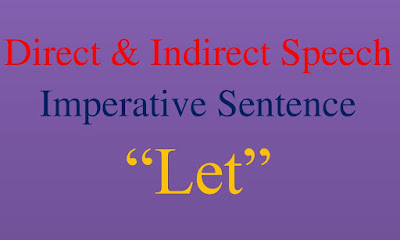Lesson Planning of Problems in Consonants Subject English Grade 3rd
Lesson Planning of Problems in Consonants
Subject English
Grade 3rd
Students` Learning Outcomes
- Pronounce in minimal pairs, common problems in consonants for speakers of English.
Information for Teachers
- There are five vowels in English language. They are: a, e, i, o, and u. rest of the English letters are consonants.
- Minimal pairs: Minimal pairs are pairs of words that different only in one sound in a word and have totally different meanings.
- Use of the minimal pairs helps the students recognize the minor difference between English muted (silent) vowel sounds / consonant sound that can greatly help not only in pronunciation skills, but also comprehension.
- Problems in consonants for Pakistani speaker of English: students have difficulty in distinguishing between two similar sounds like I and r, p, and b, s, and z, and their meanings.
- Practicing minimal pairs can help the students understand the minute differences in pronunciation between one word and another.
- Minimal pairs are for vowels and consonants both. In this lesson, focus is only on consonant minimal pairs.
- Revise what is taught in the earlier lesson of minimal pairs.
- While teaching the lesson, the teacher should also consult the textbook where it is required.
Material / Resources
Writing board, chalk /marker, duster,
worksheet, charts, textbook
Introduction
- Recap the vowel letters of English language (Expected answer would be as; a, e, i, o, u)
- Ask the students what the rest of the letters are called? (Expected answer would be as; Consonants)
- Introduce the idea of ‘minimal pairs” by writing a list given in the table on the writing board.
- Pronounce the words and ask the students to listen carefully.
- Ask the students to practice the sounds by reading aloud the words written on the writing board.
- Ask the students to repeat the sounds after you. Starting with all the ‘I’ sounds, then all the ‘r’ sounds, and then compare the two similar words (e.g. light, right).
- Tell the students these words are a little difficult as they differ by one sound only.
- Call few students to the board and ask them to pronounce the words. Other students make corrections.
Development
Activity 1
- Practice the worksheet of minimal pairs with the students, with correct pronunciation. image
- Divide the class in pairs. Ask them to practice pronouncing minimal pairs with their pairs.
Activity 2
- Draw two columns on the writing board. Write ‘A’ on the top of the first and ‘B’ on the top of the second column.
- Write some problem consonants in minimal pairs, e.g.
- Pronounce a word aloud and ask the students which column the word belongs to.
Sum up / Conclusion
- Tell the students that they have learnt to pronounce minimal pairs.
- Ask them to give you examples.
Assessment
- Assess the students through their responses in the class during teh lessons by checking their pronunciation and loud / clear voice.
Follow up
Ask the students to write down minimal pairs
for the following words in their notebooks.












Comments
Post a Comment